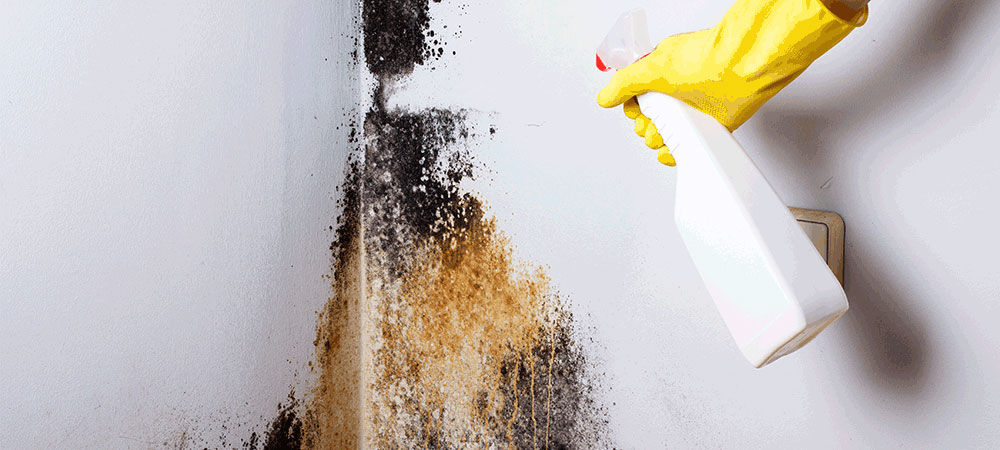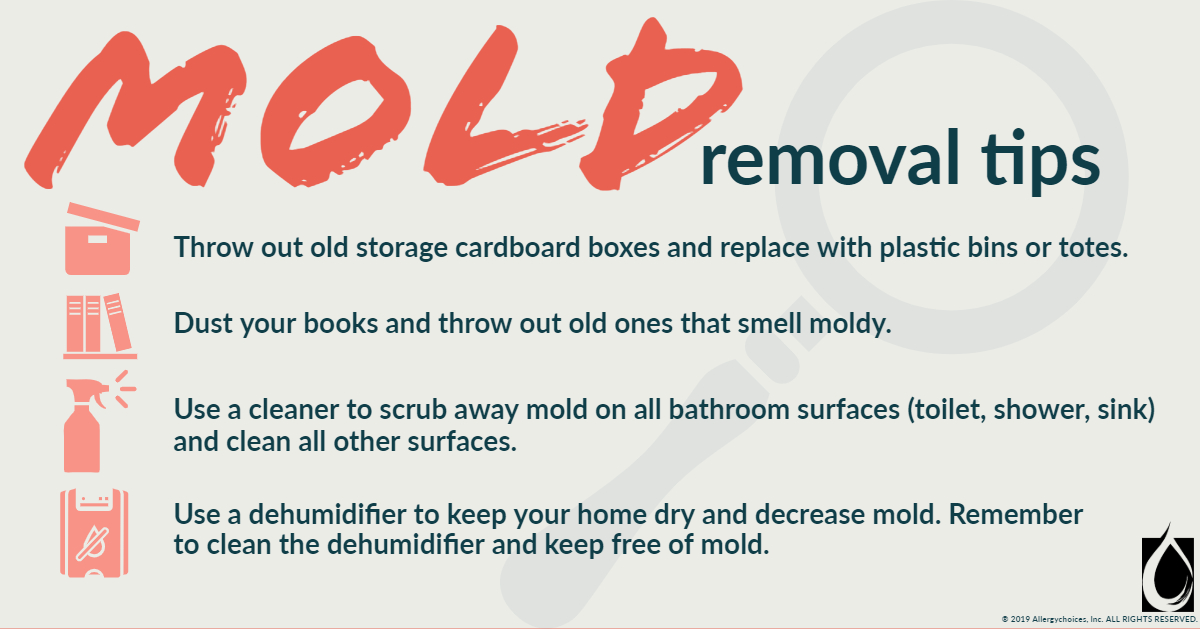Back to the Basics: Treating Mold Allergy with Allergy Drops

For the past few months, news coverage has focused on flooding, first in the South, making its way to the Midwest. From an allergy perspective, we know this typically means mold, and lots of it. Are you starting to feel the sting of mold allergy?
Symptoms of mold allergy can range widely, and can appear differently from patient to patient.
Mold allergy symptoms include:
- Aggravated asthma symptoms
- Hives
- Eye itching
- Sneezing
- Sinus pressure
- Aching
- Exhaustion
- Throat drainage
Because mold is such a prevalent issue, and exposure due to flooding can be expected to last for months, sinusitis is a complication to look out for. A study found that more than 80% of sinusitis cases are due to an allergy to fungus, or mold. For those with frequent sinus infections, mold allergy could be the cause.
Treating the Cause of Mold Allergy
Many providers gravitate toward an immediate fix, which is often what patients look for in the moment:
- Antibiotics to treat related infections
- Balloon sinuplasty for blocked sinuses
- Symptom relievers such as antihistamines, control inhalers, and sinus rinses.
These treatments only address the symptoms, which will return whenever the patient is exposed to mold.
Nearly 50 years ago, Dr. David Morris saw many farmers suffering through mold allergies in his allergy shot clinic. These farmers weren’t responding well to shots – they seemed to just get sicker, making their jobs more difficult and their specific schedules made it challenging for frequent trips to his clinic.
This led Dr. Morris to find another option for his patients to treat the cause of their disease safely, while maintaining their careers and lifestyle. In 1966, Dr. Morris attended his first sublingual immunotherapy conference where he learned about its use for food allergies. Subsequently, he dived deep into research on this method of allergy treatment and began using it for mold allergic farmers.
He started offering allergy drops to his shot patients who weren’t having success, and not long after, his allergy patients opted to migrate to allergy drops. He opened a sole sublingual immunotherapy practice in 1970, and in 2000, he and his colleagues made the La Crosse Method™ Protocol available for practices across the country by launching Allergychoices. Allergychoices was created to help educate patients and provide resources to providers hoping to give their patients another option closer to home.
Mold will always be around, whether it’s outside due to flooding like communities across the country are experiencing presently, or indoor molds that inevitably occur over time. Treating the cause has shown to be successful in keeping farmers farming, and people fully participating their everyday lives for the years to come.
Tips for fighting mold after a flood
- Contrary to popular belief, bleach does not kill mold. Scrub mold-infested surfaces with a combination of hot water and detergent.
- Remove soaked items like upholstered furniture, clothing, and carpeting as soon as possible to avoid the spreading of mold.
- Use a dehumidifier to reduce the level of moisture in your home.
- If your are highly sensitive to mold, or your home was majorly impacted by water, it may be best to bring in professionals to remove mold and take steps to avoid any future damage
The good news is that allergy drop treatment using the La Crosse Method Protocol has helped many patients treat the cause of mold allergies for nearly 50 years. Find a provider offering custom allergy drops near you and arm yourself with a disease fighting treatment. If you’re a provider interested in offering a disease modifying treatment, find more information here.
By Taylor Pasell, Allergychoices




